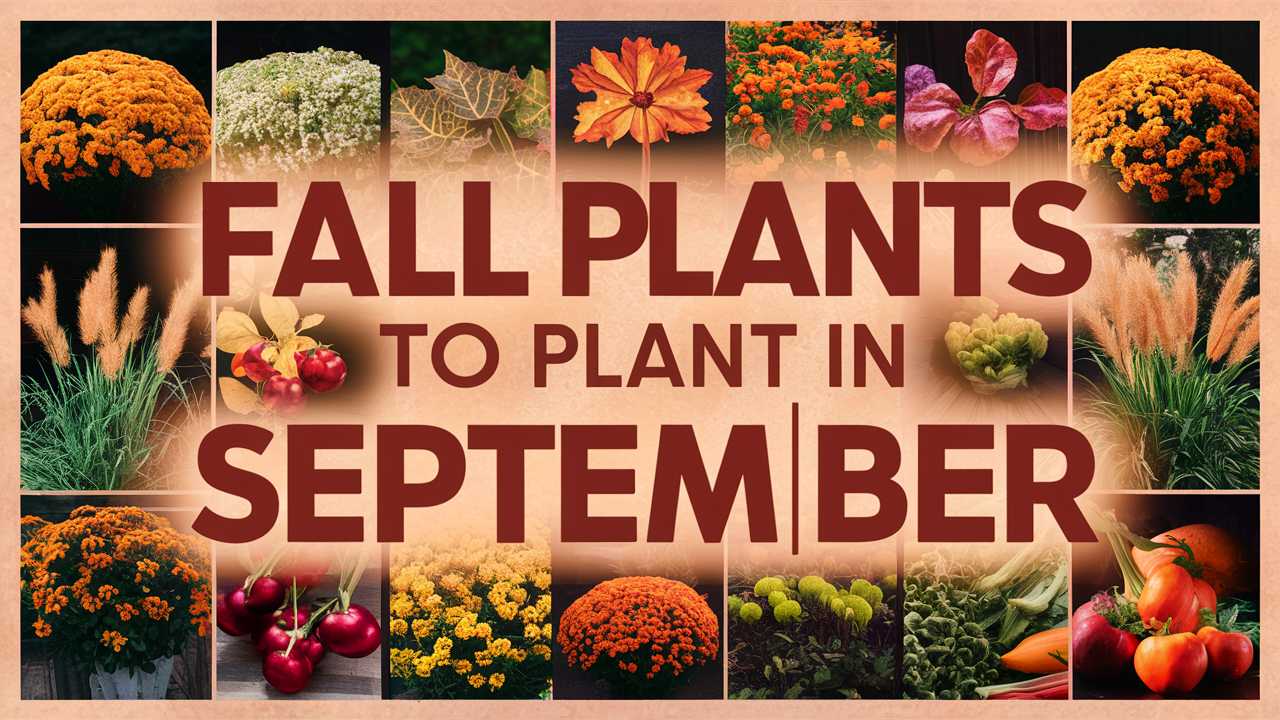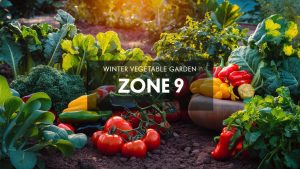As summer fades and the air grows crisp, September marks an excellent time to prepare your garden for a bountiful fall. The transition from summer to autumn presents opportunities to plant a variety of vegetables, flowers, herbs, and landscape plants that thrive in the cooler temperatures.
Below, we explore the best options for your garden based on USDA zones, providing detailed insights into each plant’s temperature tolerances, proper planting dates, and unique characteristics.
Vegetables To Plant
Spinach
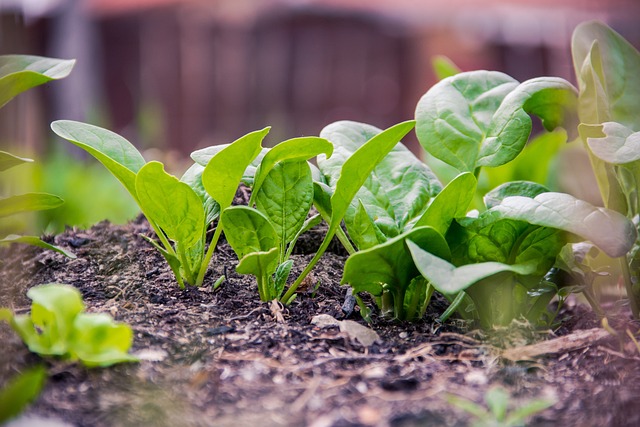
Spinach is one of the hardiest crops you can plant in September. This leafy green prefers cooler temperatures, thriving best between 50°F to 70°F. Ideal planting times in USDA Zones 3 to 7 begin in mid to late September. In warmer zones like 8 and 9, consider planting earlier, as the cooler months can stress young plants, leading to bolting.
In terms of care, spinach requires well-drained soil enriched with organic matter. Regular watering is essential, especially in dry spells, but avoid allowing the soil to become waterlogged. The strategic timing of planting in the fall ensures that you’ll have a nutritious crop before winter sets in.
Kale
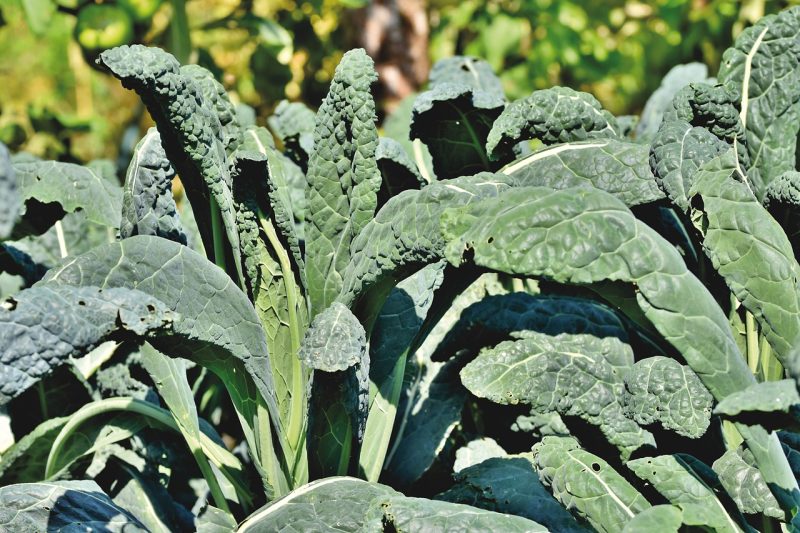
Kale, another cool-weather favorite, is an incredibly adaptable leafy green. It can endure frosty conditions, often becoming sweeter after exposure to light frost. For USDA Zones 3 to 7, the best planting window is in early to mid-September to ensure a harvest before snowfall. In warmer zones, plant in late August.
To cultivate healthy kale, provide rich, fertile soil and at least six hours of sunlight per day. Space the plants to promote good airflow, which helps prevent common pests and diseases. You can also stagger your planting for a continuous harvest throughout the fall.
Radishes

Radishes are quick-growing vegetables ideal for a fall garden. They thrive in temperatures ranging from 50°F to 70°F. Suitable to plant from late August through mid-September in Zones 3 to 7, they can be sown directly into the ground.
Preparation involves loosening the soil and ensuring it is free of rocks and debris. Radishes do not require extensive care, but consistent moisture is vital for crisp, plump roots. Watch for aphids or root maggots, which can be controlled with organic treatments. Harvest them a few weeks after planting for the best flavor.
Carrots

Carrots are another hearty fall crop that can withstand frost, enriching the soil with their deep taproots. They flourish in temperatures from 55°F to 75°F. Best planted in early September, particularly in Zones 3 to 7, the seeds can take about three weeks to germinate.
Carrots prefer a loose, sandy soil without stones to avoid deformities. Regular, deep watering will encourage strong growth. Mulching can help retain moisture and suppress weeds. As a bonus, the flavor of carrots improves after a light frost, making September planting a strategic choice.
Beets
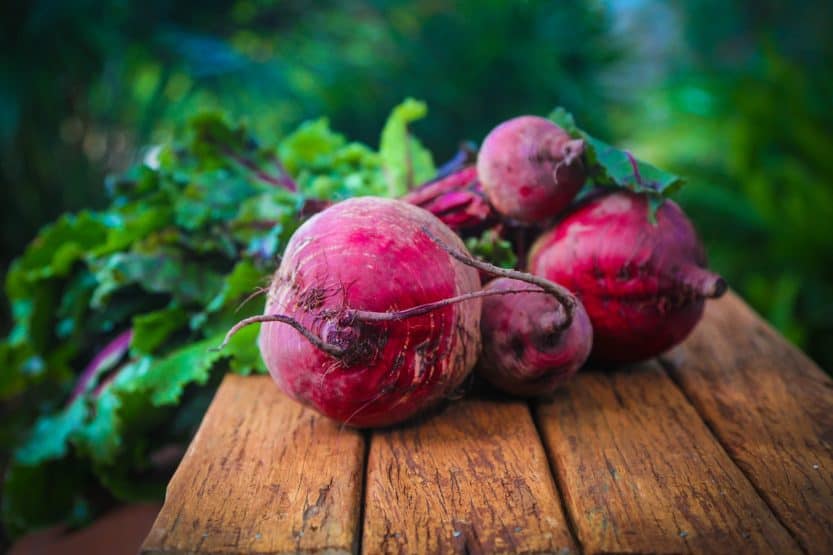
Rich in vitamins and naturally sweet, beets are perfect for fall planting. Like carrots, their ideal temperature ranges from 50°F to 70°F, and they can be planted from early to mid-September in cooler zones (3-7). In hotter zones, it’s advisable to plant earlier since they can struggle in high heat.
Beetroot thrives in well-drained soil with plenty of organic matter. When sowing seeds, plant them about an inch apart in rows to allow room for growth. These roots can be harvested as both greens and bulbs, providing dual benefits in your fall garden.
Broccoli

Broccoli is a cold-tolerant, nutrient-rich vegetable that can be sown in mid to late September for harvest in late fall. It thrives in temperature ranges of 60°F to 70°F and can withstand light frosts. Try starting seeds indoors and transplanting seedlings outdoors in USDA Zones 3 to 7.
Provide ample sunlight (at least six hours daily) and nutrient-rich soil. The key to broccoli’s successful growth is consistent watering. Be vigilant about pests, as caterpillars and aphids can significantly harm the plants.
Turnips
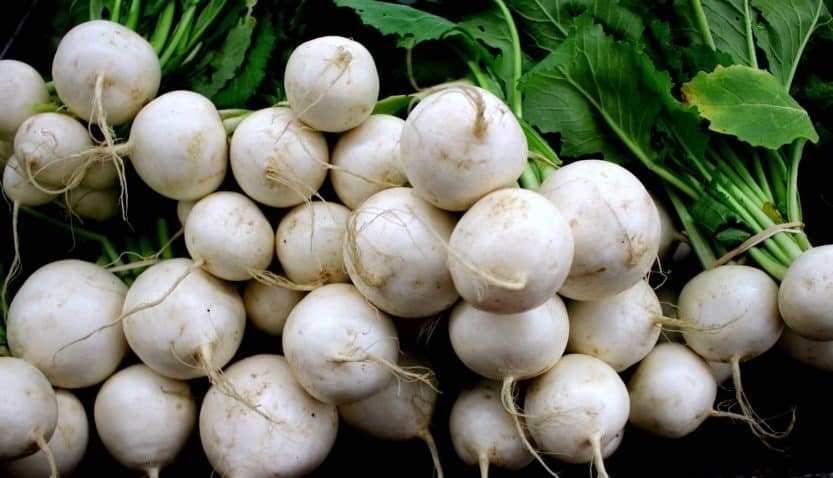
Turnips are versatile and can be grown for both the roots and greens. They thrive in cooler weather and can be seeded from late August to mid-September, particularly in Zones 3 to 7.
These root vegetables prefer loose, well-drained soil with organic amendments. They are relatively low-maintenance but do best with consistent moisture. Another unique feature is their dual-use as both a root vegetable and a leafy green, increasing their value in the garden.
Lettuce

Lettuce varieties, such as romaine and butterhead, favor cooler weather and can be directly seeded in the ground from mid to late September. Ideal for USDA Zones 3 to 7, they prefer temps between 60°F and 70°F.
Sowing lettuce in raised beds can assist in better drainage and temperature management. Frequent, light irrigation prevents bolting, a common issue with warmer weather. Mixed lettuce varieties can create a vibrant autumn salad bounty.
Garlic
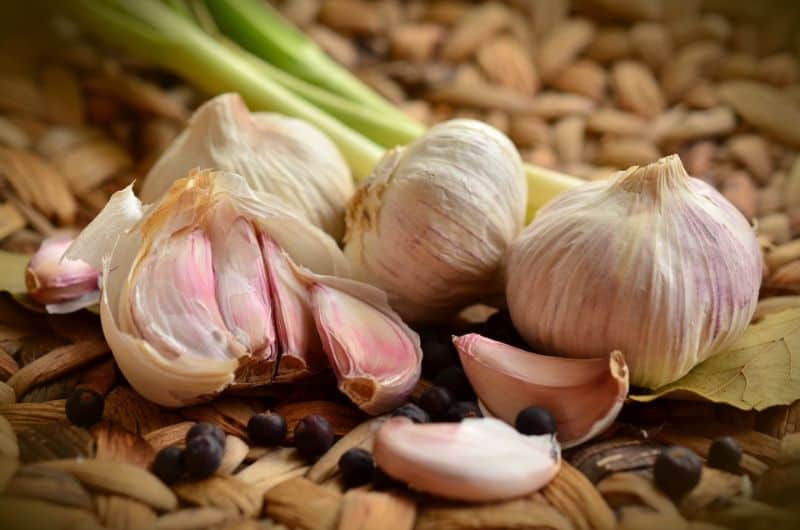
Garlic is best planted in September for a harvest the following summer. In USDA Zones 3 to 7, the ideal planting time is from late September to early October. Garlic prefers well-drained, nutrient-rich soil with a pH of around 6.0–7.0.
Spacing is crucial for air and nutrient circulation. Mulching helps retain soil moisture and can protect the garlic cloves through winter. Garlic has the added benefit of enhancing flavor in many fall recipes.
Collard Greens
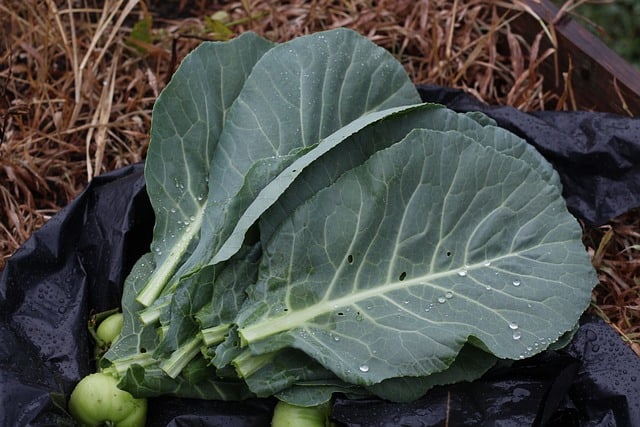
Collard greens provide a rich source of vitamins A and C and are incredibly resilient in cooler weather. Plant in late September in USDA Zones 3 to 7. They can survive frosts and continue to grow well into winter.
These greens require full sun and fertile soil. Regular watering and pest control (especially for aphids) are essential for healthy growth. The leaves can be harvested throughout fall, even as they become sweeter after frosty nights.
Flowers To Plant
Aster

Asters are a quintessential fall flower that burst into color as the summer blooms fade. This perennial can be planted in September across USDA Zones 3 to 8. Preference for well-drained soil with plenty of sunlight will ensure healthy blooms.
Asters bloom from late summer to fall, attracting pollinators like butterflies. Regular deadheading can encourage a longer blooming period. They also tolerate a range of temperatures, making them adaptable to different climates.
Mums (Chrysanthemums)
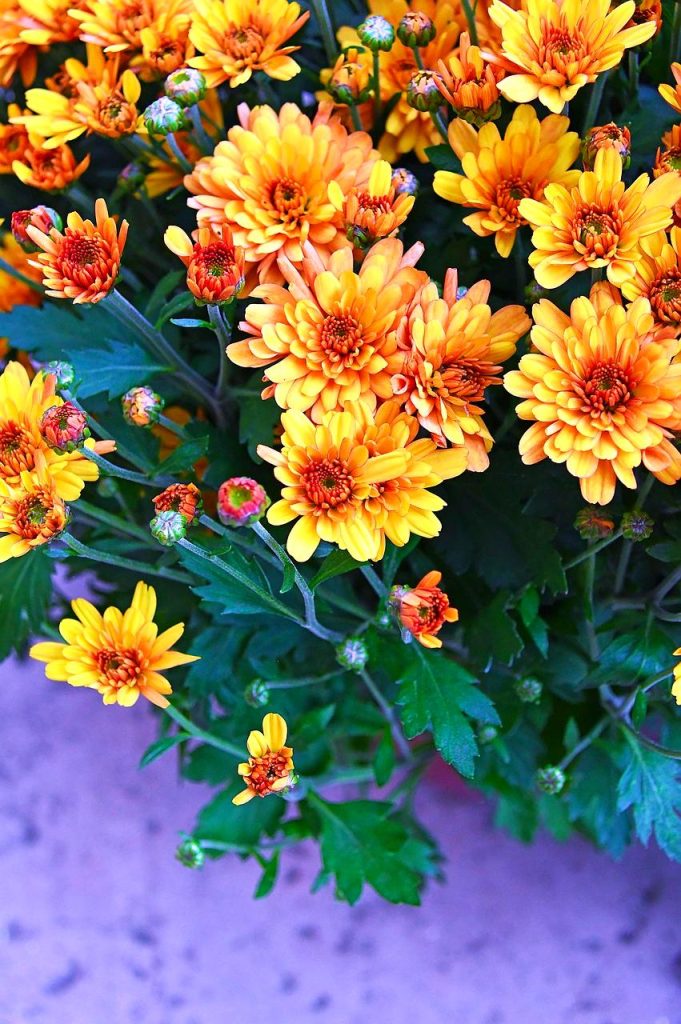
Chrysanthemums, or moms, are iconic fall flowers that can bloom late into the season. Ideal for planting in September, they thrive best in USDA Zones 5 through 9 and prefer well-drained, fertile soil.
To establish healthy plants, ensure they have full sun and regular watering. Mums create a stunning display of colors and can be perennial in some regions, giving your garden vibrant hues that last beyond the season. Cut them back after blooming to promote growth for the next year.
Pansies

Pansies are known for their versatility and vibrancy, making them an excellent choice for fall planting. Best grown in USDA Zones 3 to 9, they can tolerate cooler temperatures but prefer to be planted in early September.
Pansies thrive in well-drained soil enriched with organic material. Regular deadheading encourages new growth, and they can bloom into the winter months with proper care. Their range of colors adds bright splashes to any garden layout.
Ornamental Kale and Cabbage
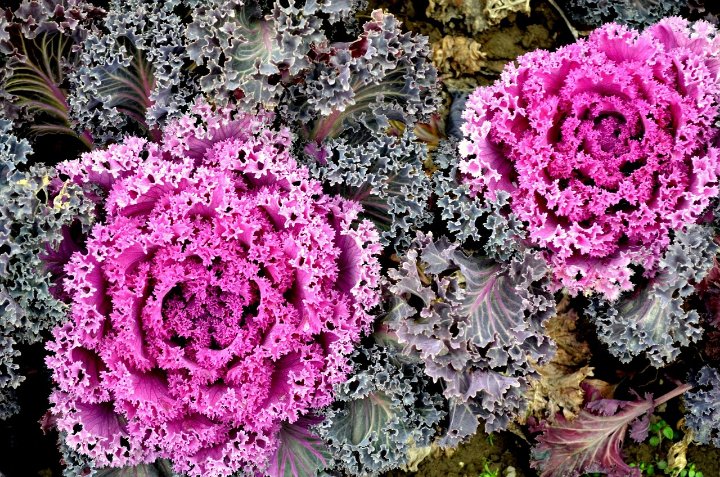
These unique plants offer beauty alongside edibility, making them perfect for fall. They are planted in September across USDA Zones 3 to 9, thriving in cooler temperatures while remaining hardy through light frosts.
Provide nutrient-rich soil and regular watering for best results. Ornamental kale will develop stunning, colorful foliage that stands out in garden beds or containers. It’s a creative choice for adding texture and formality to landscape designs.
Russian Sage
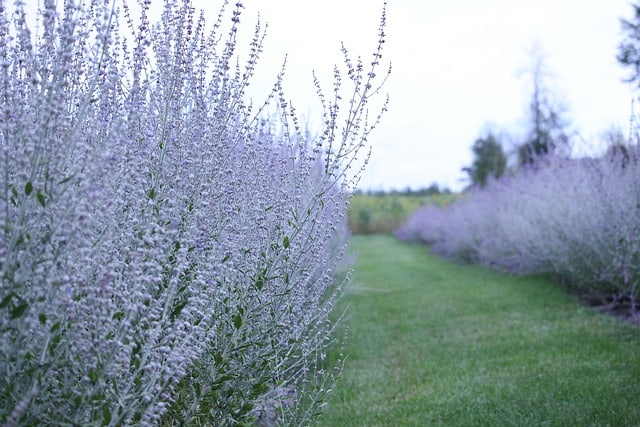
Russian sage is a hardy perennial that thrives in USDA Zones 4 to 9. Best planted in early September, it prefers well-drained soils and can handle dry spells once established.
This plant is visually striking with its silver foliage and tall spikes of purple flowers. Russian sage attracts pollinators and is drought-resistant, making it an excellent low-maintenance landscape option.
Goldenrod
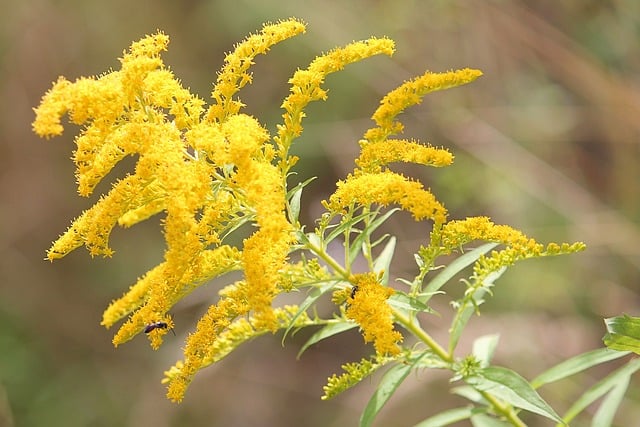
Known for its bright yellow flowers, goldenrod is a native perennial that can be planted in September in USDA Zones 3 to 9. It thrives in well-drained soil and full sun, supporting a diverse array of pollinators.
Goldenrod is often misunderstood regarding allergies, as it doesn’t cause them; ragweed does. It’s perfect for naturalizing areas of your garden, bringing late-season color and attracting bees and butterflies.
Sedum

Sedum, or stonecrop, is a succulent that enriches fall gardens with its unique foliage and vibrant flowers. Plant in September for zones 3 to 9, and choose a sunny spot for optimal growth.
These plants thrive in poor, well-drained soils, making them well-suited for difficult areas. Sedum can tolerate drought conditions once established and can remain attractive through winter, thanks to their resilience and hardiness.
Cosmos
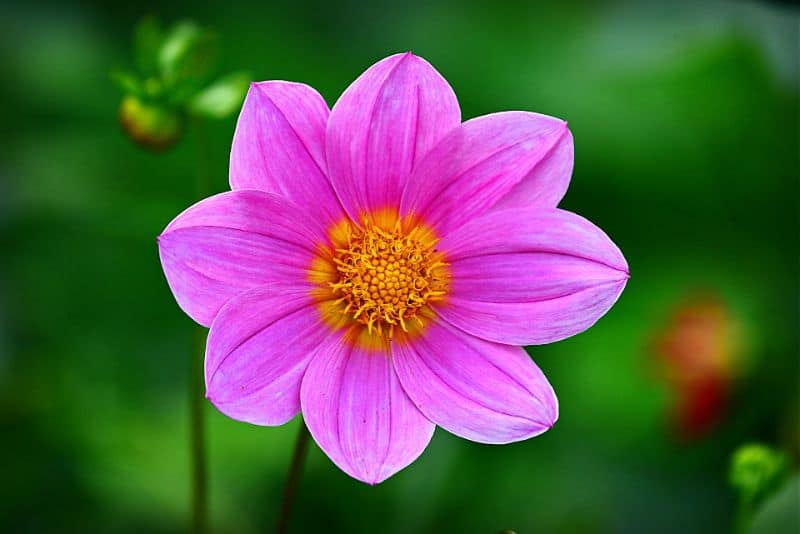
Cosmos are easy-to-grow annuals that can add fantastic color to your fall garden if planted in early September. While they flourish in USDA Zones 2 to 11, they do well in well-drained soils and enjoy full sun.
They are attractive to pollinators, making them an essential part of a biodiversity-friendly garden. Cosmos are also drought-tolerant, making them ideal for low-maintenance landscapes.
Fall Bulbs
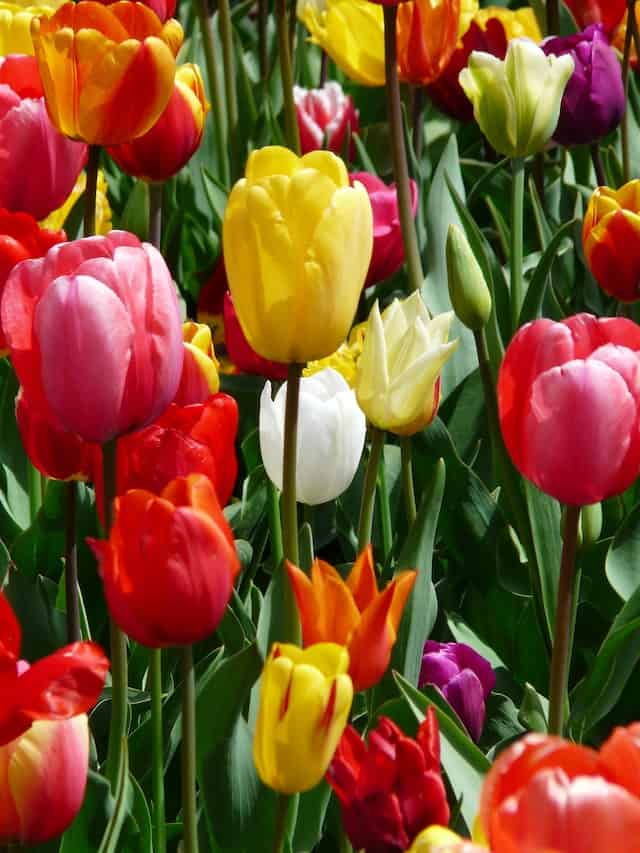
September is the perfect time to plant spring-flowering bulbs, such as tulips and daffodils. In all USDA Zones, these bulbs require a period of cool temperatures to prepare for spring blooming.
Ensure they are planted in well-drained soil with adequate sun exposure. Mulching after planting helps retain moisture and will give these bulbs a protective layer during winter. The anticipation of spring blooms makes this fall task worthwhile.
Herbs To Plant
Cilantro

Cilantro is a versatile herb that thrives in cooler weather. September is the ideal month for planting in USDA Zones 3 to 9, as it prefers temperatures around 50°F to 70°F. It’s best planted as seeds directly in the ground, spaced out to allow for growth.
Cilantro is quick to germinate, typically sprouting within a week. Regular watering without oversaturation will yield a bountiful crop. The leaves can be harvested once the plant is about six inches tall, making this a rewarding early fall herb.
Chives
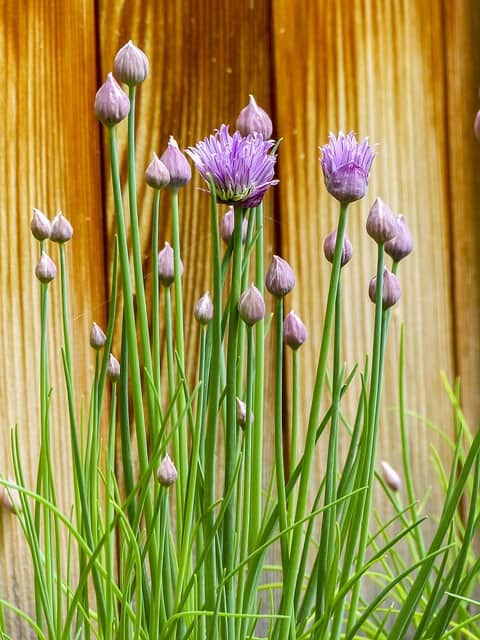
Chives are a perennial herb that can be planted in early September. They thrive in USDA Zones 3 to 9 and prefer rich, well-drained soil. This herb can survive frosty temperatures and is easy to grow.
Regular harvesting encourages bushy growth, and both the leaves and purple flowers of chives are edible. They can be grown indoors or outdoors and require minimal maintenance, making them excellent for beginners.
Parsley

Parsley can be planted in September, thriving in USDA Zones 3 to 9, and prefers full sun to partial shade. The germination time for parsley can be slow, taking up to three weeks, so be patient.
This biennial herb prefers rich, well-drained soil. Once established, regular trimming will promote leaf regrowth. It’s not just culinary; parsley attracts beneficial insects, contributing positively to your garden’s ecosystem.
Thyme
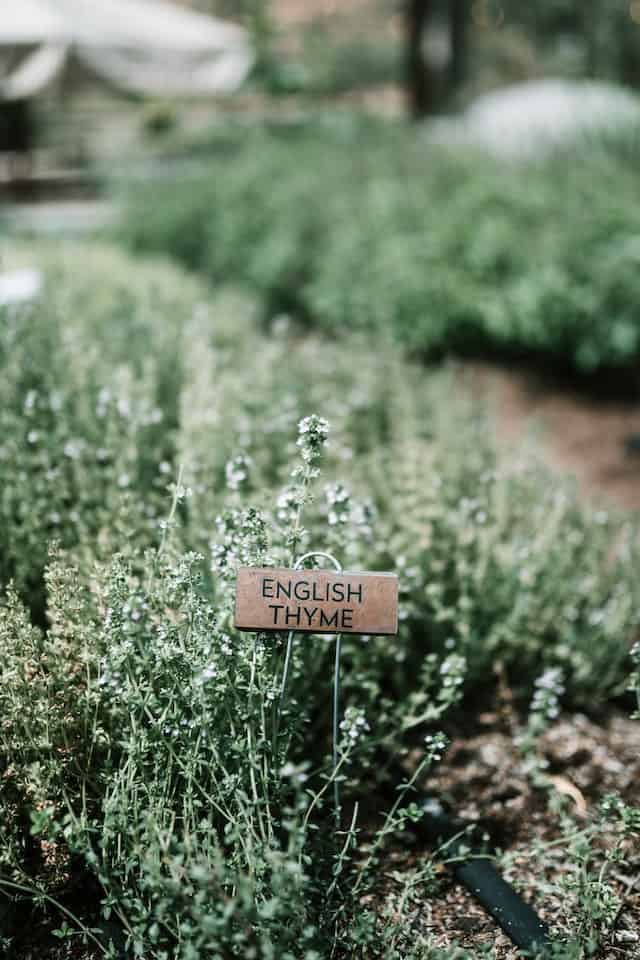
Thyme is a hardy herb that can withstand cooler temperatures, making it a great choice for planting in September. Best suited for USDA Zones 3 to 9, it thrives in well-draining soil in a sunny location.
After establishing a robust root system, thyme is drought-resistant and low-maintenance. The fragrant leaves are widely used in cooking, and thyme can also serve as a stunning ground cover due to its trailing nature.
Oregano

Oregano, another robust herb, flourishes when planted in September in USDA Zones 5 to 9. It prefers well-drained, sunny spots and appreciates regular watering during its early stages.
Once established, oregano is drought-resistant and can be pruned for bushier growth. Its potent flavor makes it a staple in many culinary dishes, ensuring you have fresh herbs throughout the fall.
Rosemary

Rosemary thrives in warmer temperatures; however, it can be planted indoors during September in USDA Zones 7 to 9. This perennial herb may not survive freezing temperatures, making it essential to offer some protection in colder areas.
Growing rosemary requires well-drained soil and plenty of sun. Regular pruning encourages a bushy growth habit, and fresh rosemary can enhance a variety of dishes with its aromatic flavor.
Dill
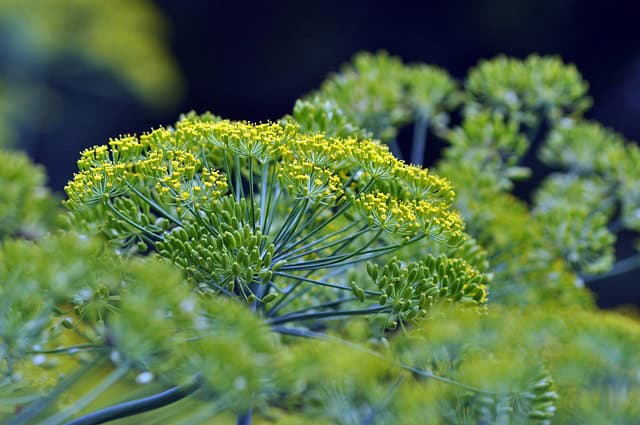
Dill is a fantastic herb for fall planting, as it can endure cooler temperatures. Best planted in mid to late September in USDA Zones 3 to 9, dill offers quick germination and growth.
This herb prefers full sun and well-drained soil, and regular watering will promote robust growth. Both the leaves and the seeds are edible, making it versatile for culinary uses. As a bonus, dill attracts beneficial insects, aiding in pollination.
Sage

Sage is a perennial herb offering delightful flavors for various dishes. Plant in September for Zones 5 to 9, as it thrives in well-drained soil and sunny conditions.
Once established, sage is drought-resistant and requires little maintenance. Its fragrant leaves can be used fresh or dried, making it a staple herb for culinary creations throughout the fall and into winter.
Mint
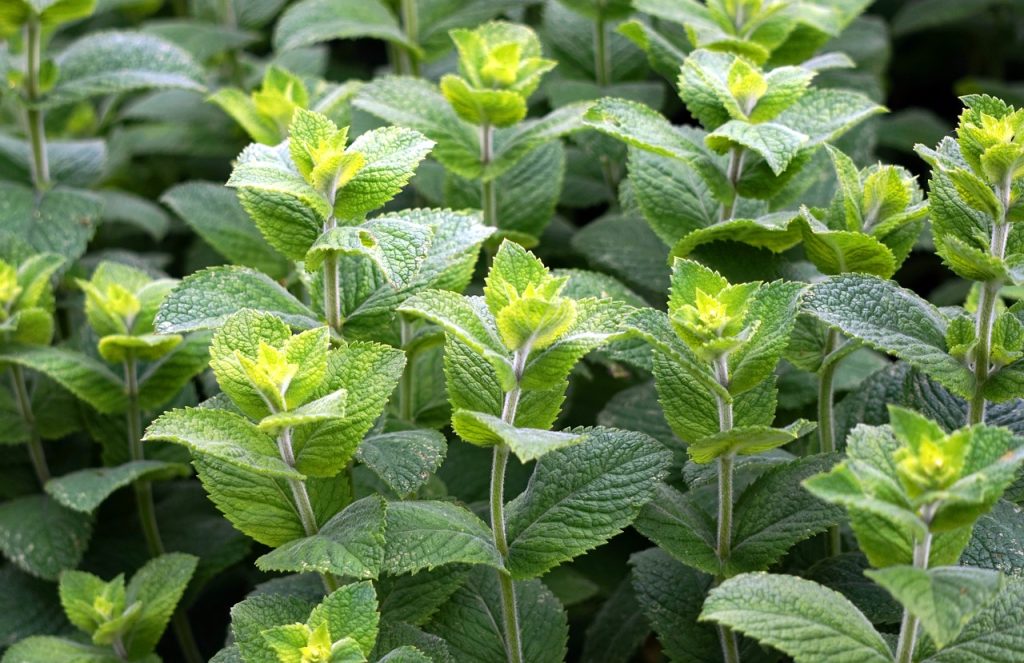
Mint can provide fresh flavors to your dishes if planted in September, particularly in Zones 3 to 9. However, consider planting mint in containers as it’s known for its aggressive growth.
Mint prefers moist, rich soil with partial shade to full sun. Regular pruning will encourage bushiness. Be cautious when harvesting, as mint quickly rejuvenates and can easily overtake garden spaces if not managed properly.
Landscape Plants To Plant
Japanese Maple

Japanese maples are stunning foliage plants planted in September across USDA Zones 5 to 8. They prefer partial shade and well-drained soil, making them perfect for creating features in gardens.
These maples exhibit breathtaking colors in the fall, from vibrant reds to golden hues. They do best when planted in protected spots to shield them from harsh winds. With proper care, they can complement any landscape beautifully.
Fall-Flowering Perennials
Perennials that bloom in fall, such as sedum or asters, can be planted in early September in all USDA Zones. They thrive in well-drained soil that gets full sun.
These plants are beneficial for attracting pollinators to your garden, and their varied colors add dynamic interest as summer flowers fade. Once established, they will return each year, multiplying in beauty over time.
Evergreen Shrubs
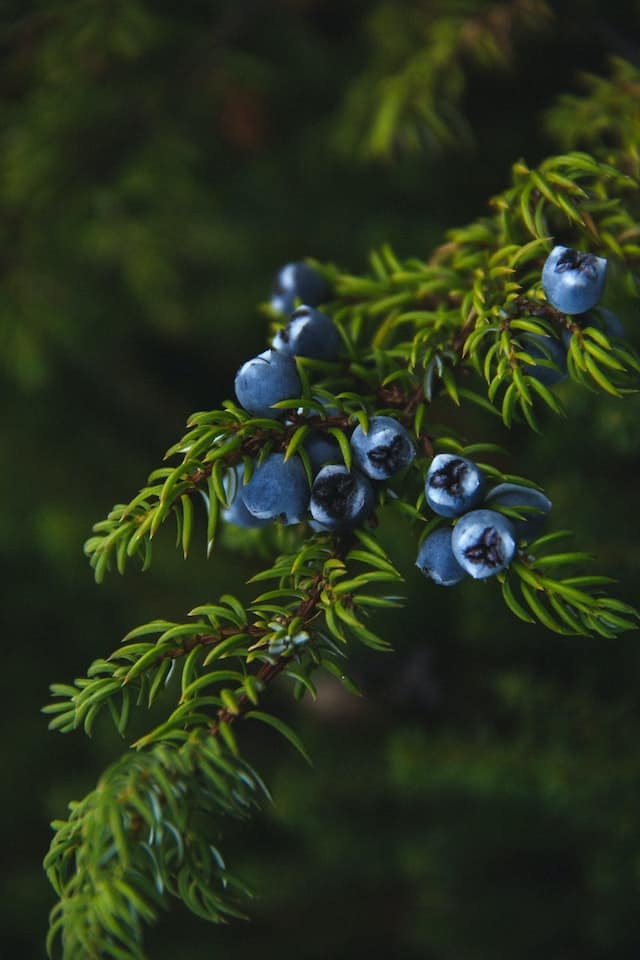
Evergreen shrubs can be planted in September across Zones 2 to 9. They bring year-round structure to your landscape and can tolerate various soil types, including sandy and clay soils.
These shrubs can provide windbreaks and privacy screens, enhancing garden design and functionality. Their ability to maintain greenery during winter months adds year-round appeal to any yard.
Flowering Dogwood

Flowering dogwoods can be planted in September in Zones 5 to 8, provided the roots remain moist. Typically planted in well-drained soil, these trees are well-suited for partial shade to full sun.
In the fall, their leaves change to brilliant red or purple, providing beautiful autumn displays. This small tree also offers stunning spring blossoms, making it a lovely all-season centerpiece for your landscape.
Hydrangeas
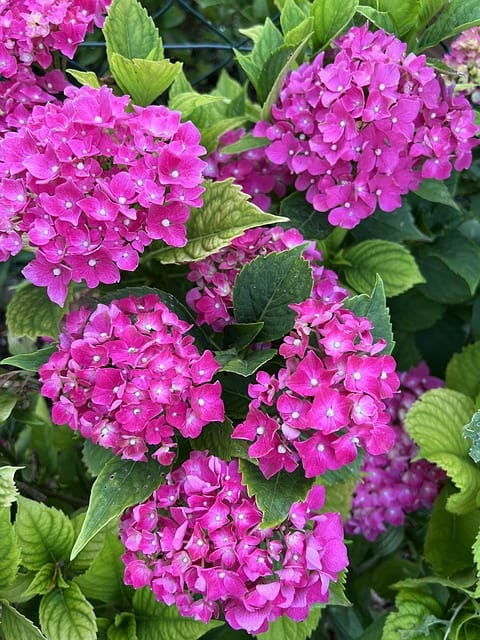
Hydrangeas are versatile, broad-leaved shrubs well-suited for planting in September. Ideal for USDA Zones 3 through 9, they prefer fertile, moist soil with full sun to partial shade.
Their large, showy flowers bloom in summer and continue into fall, but even their foliage provides stunning color with shades of green, burgundy, and maroon. They require regular watering, and their ability to thrive in various soils makes them a fantastic choice for landscaping.
Ornamental Grasses
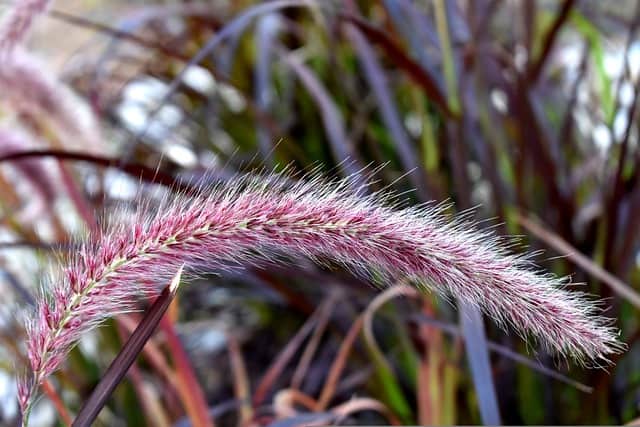
Ornamental grasses, such as miscanthus or panicum, can enhance your garden’s texture and height. September is the optimal time for planting these in USDA Zones 5 to 9.
These hardy grasses prefer well-drained soils and can handle a range of moisture conditions. They create striking focal points with their plume-like flower heads, and many varieties provide winter interest even after their foliage has died back.
Raspberries
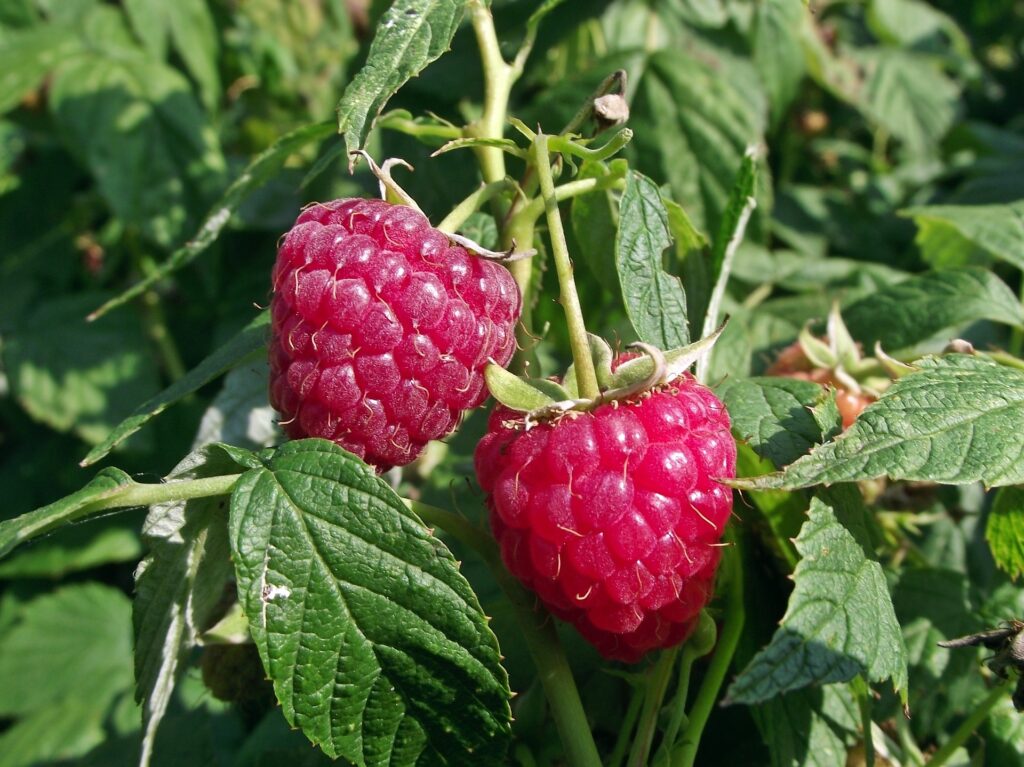
Raspberries can be cultivated in Zones 3 to 8 if planted in early September. These thorny canes prefer loamy, well-drained soil and full sun for optimal fruit production.
Planting raspberries in the fall allows them to establish strong root systems before winter. Pruning during their dormancy will ensure healthy berry production in the following season.
Boxwood
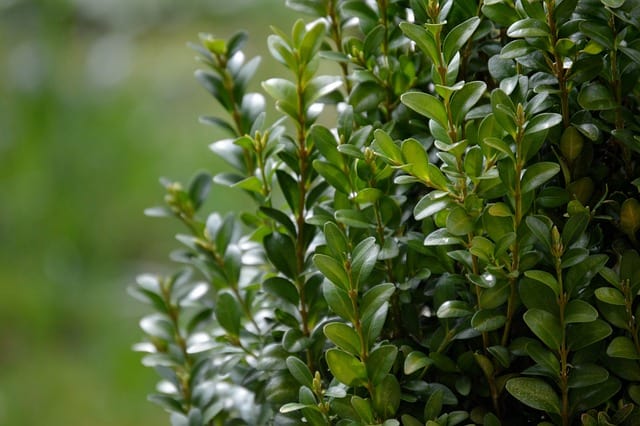
Boxwoods are evergreen shrubs best planted in September; they can thrive across USDA Zones 4 to 9. They prefer well-drained soil and partial to full sun.
As versatile landscape plants, boxwoods can be shaped into hedges or maintained as specimen plants. Their evergreen nature adds continual structure to the landscape, with minimal care required once established.
Lilac
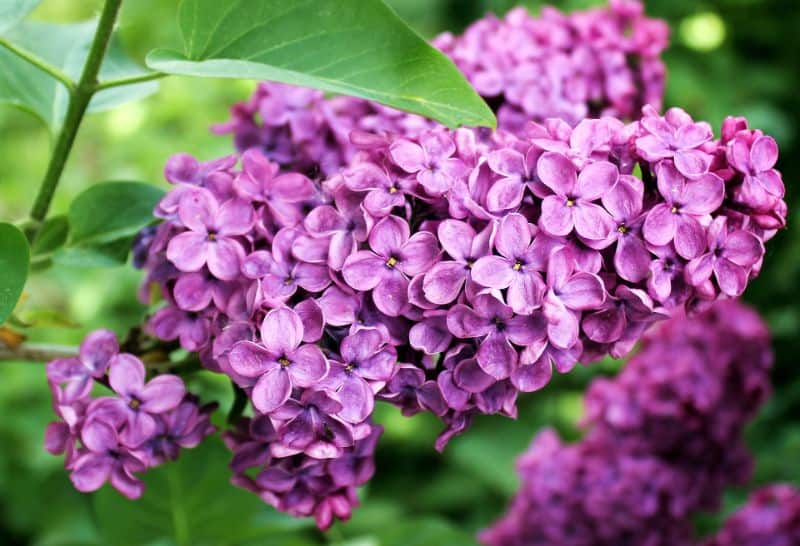
Lilacs are beloved for their fragrant spring blooms, and September is an excellent time for planting them in Zones 3 to 7. They thrive in well-drained soil and require at least six hours of sun each day.
Lilacs are resilient, drought-resistant shrubs that can add lasting beauty to your landscape. Their sweet scent can enhance patio areas, creating an inviting outdoor space as they burst into bloom come spring.
Fruit Trees
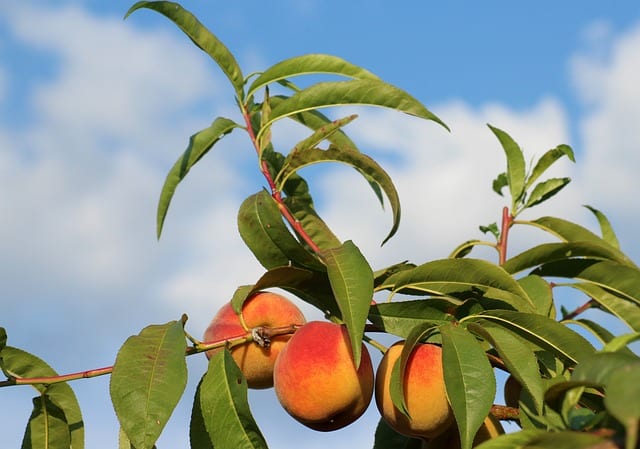
Fruit trees like apple, pear, or plum can be planted in September in USDA Zones 4 to 8. They perform best in well-drained soil and require full sun for optimal production.
Establishing fruit trees in fall allows them time to root deeply into the ground before harsh winter conditions arrive. These trees not only yield delicious fruits but also provide beautiful blossoms in the spring, enriching your overall landscape design.


